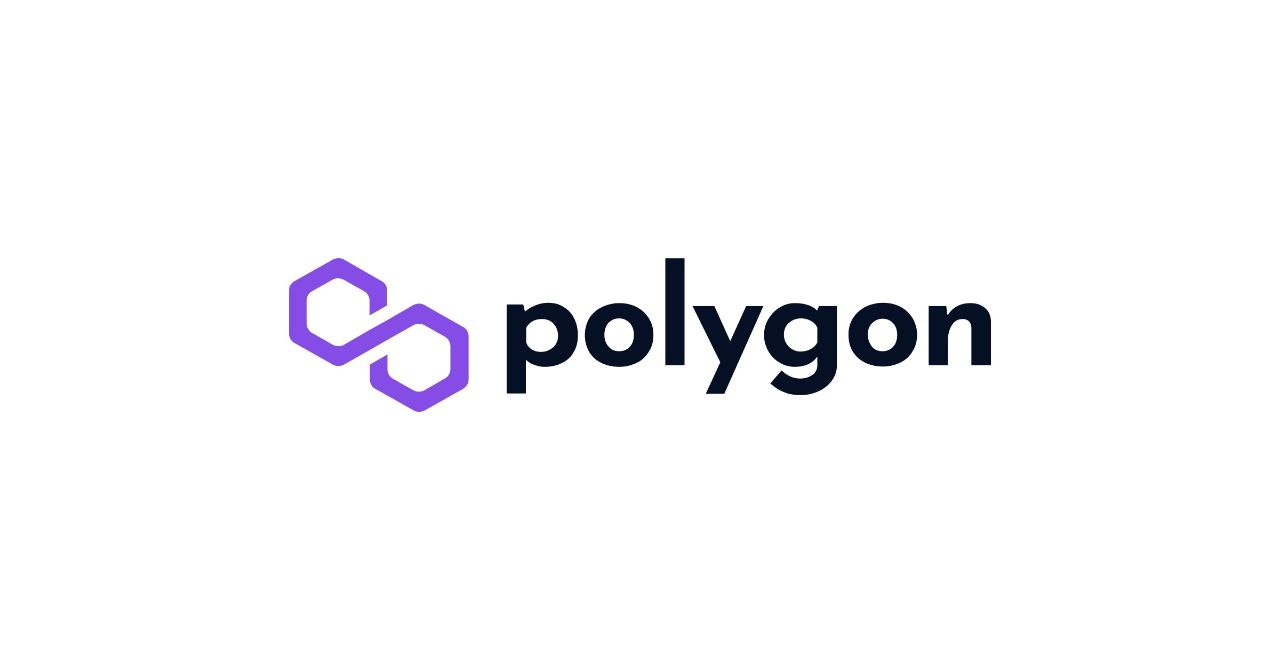What is Polygon (MATIC) and Why is It Important for Ethereum?
Polygon used to be called the Matic Network. It is a platform for making Ethereum-compatible blockchains that can be interoperable and grow. In this case, the MATIC token is still used for governance and staking and to pay for gas fees. This is the same as before. DeFi's...

Polygon used to be called the Matic Network. It is a platform for making Ethereum-compatible blockchains that can be interoperable and grow. In this case, the MATIC token is still used for governance and staking and to pay for gas fees. This is the same as before.
DeFi’s development has a lot to do with it, but what is the reason why more people are interested in the project?
What is Polygon?
Polygon, formerly known as the Matic Network, is a platform for connecting blockchain networks.
It promises to overcome several of Ethereum’s fundamental shortcomings, including low throughput, a bad user experience (high transaction speeds and latency), and a lack of community control, through the implementation of a new sidechain solution.
Unlike its predecessor Matic Network, which used a technology called Plasma to execute off-chain transactions before completing them on the Ethereum main chain, Polygon is built as a full platform dedicated to hosting interoperable blockchains.
Polygon enables developers to run preset blockchain networks with properties customized to their own requirements. They can be further customized with the addition of a growing number of modules that enable developers to design sovereign blockchains with more specialized features.
What is a MATIC token?
Although Polygon significantly expands on the Matic Network’s concept, it retains the MATIC utility token.
The MATIC token is utilized in a variety of ways within the Polygon ecosystem, including voting on Polygon Improvement Proposals (PIPs), enhancing security through stake placement, and paying gas fees.
As of March 2021, it is unknown whether the MATIC coin will have any extra utility in Polygon’s larger vision.
History and goals of the project
Polygon was one of the first Initial Coin Offerings (IEOs) on Binance Launchpad, which launched in April 2019. The token sale was structured as a lottery, with 16.7 thousand individuals eligible to participate and earn tokens.
Polygon’s mainnet was launched in May 2020. Three founders lead the project: CEO Janti Kanani, COO Sandeep Nalwal, and product manager Anurag Airun, all of whom were born in India and have prior expertise constructing blockchain platforms: In December 2020, Ethereum specialist Mihailo Beli joined them, resulting in the rebranding of Matic as Polygon.
The project’s primary objective is to improve the Ethereum network’s scalability. The Polygon network is a second-level sidechain compatible with Ethereum that utilizes the PoS (Proof-of-Stake) algorithm. This network is speedier and has cheaper transaction fees than Ethereum’s main network.
Polygon: The Internet of Ethereum Blockchains
Polygon is envisioned as a future in which diverse blockchains operate as networks rather than locked repositories and private communities.
Its long-term goal is to establish a borderless world in which consumers may connect with decentralized products and services directly, without going via intermediaries. It intends to establish a central point of connection for many blockchains, eliminating some of their inherent drawbacks like as excessive fees, limited scalability, and restricted security.
Polygon uses a variety of technologies to achieve this expanded vision, these include:
- POS Chain: Polygon’s main chain is an Ethereum sidechain known as the POS Matic chain, which adds a layer of proof-of-stake (POS) security to the blockchains running on Polygon.
- Plasma Chains: Polygon uses a scaling technology known as Plasma to move assets between the root chain and child chains using Plasma bridges.
- ZK-rollups: An alternative scaling solution used to bundle large amounts of off-chain transfers into a single transaction using zero-knowledge proofs for the final public record on the main Ethereum chain.
- Optimistic rollups: A solution that runs on top of Ethereum to facilitate near-instantaneous transactions through the use of “proof of fraud”.
As you may have seen, Polygon plans to employ multiple scaling solutions in order to achieve its goal of lowering transaction fees and lowering barriers to entry. Polygon takes a holistic approach to the scaling challenge, hedging its bets in the event that any other scaling method fails.
Success of Polygon
Many people consider Polygon to be a viable alternative to Ethereum because of its low fees and rapid transaction rates. Polygon can handle hundreds of thousands of transactions per second.
The price of the Polygon token has surged by more than 500 times in just two years. At the same time, the majority of the expansion took place this year. If MATIC was less than $0.02 on January 1, 2021, and it was trading at $2.45 on May 18,
Polygon’s success is largely due to the fact that it is an Ethereum-compatible chain. As a result, Polygon has attracted a huge number of Ethereum-based companies to integrate its blockchain.
